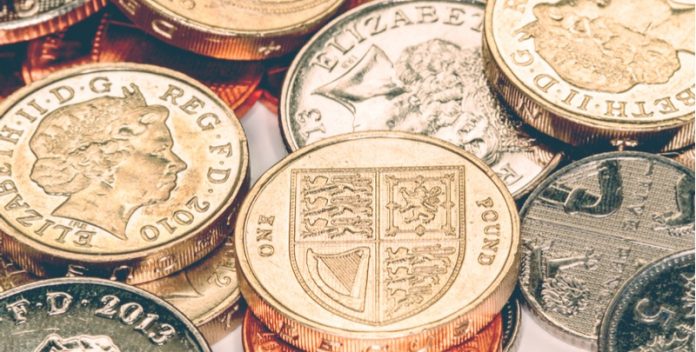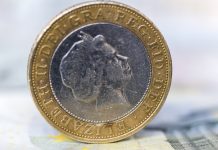The pound spent much of the previous session strengthening against the Australian dollar, as a slight tightening of financial controls in Britain gave the pound a short-lived boost. The pound Australian dollar exchange rate rallied 0.7% taking it to a day’s high of A$1.6929. However, heading into mid-week, the rate has eased back slightly for the pound to A$1.6848.
| What do these figures mean? |
|---|
| When measuring the value of a pair of currencies, one set equals 1 unit and the other shows the current equivalent. As the market moves, the amount will vary from minute to minute.
For example, it could be written: 1 GBP = 1.72119 AUD Here, £1 is equivalent to approximately A$1.72. This specifically measures the pound’s worth against the Australian dollar. If the Aussie dollar amount increases in this pairing, it’s positive for the pound. Or, if you were looking at it the other way around: 1 AUD = 0.57677 GBP In this example, A$1 is equivalent to approximately £0.58. This measures the Australian dollar’s worth versus the British pound. If the sterling number gets larger, it’s good news for the Aussie dollar. |
On Tuesday, the Financial Stability Report by the Bank of England (BoE) instructed British banks to increase their financial buffers in order to stabilize the banks should another financial crisis hit. The banks have been given 18 months to increase their buffers by £11.4 billion, as BoE concerns grow over the level of lending and consumer debt in the UK. Following the report, the pound rallied because raising capital requirements is considered to be a tightening of financial conditions which is supportive to the pound.
Also boosting the pound was news that the Scottish National Party will no longer pursue a second independence referendum for Scotland before Brexit is complete. This increases political stability in the UK at a time when Brexit is already creating a lot of uncertainty, so it’s good news for the pound.
| How does political stability boost a currency? |
|---|
| Political stability boosts both consumer and business confidence, which means corporations and regular households alike are more likely to spend money. The increased spending, in turn, then boosts the economy. Foreign investors prefer to invest their money in politically stable countries as well as those with strong economies. For foreign investors to put their money into an economy, they need local currency. As they acquire the money needed, the demand for that particular currency increases, which then boosts its value. |
With little in the way of high-impact economic data releases, fundamental events will attract the most attention today. BoE Governor, Mark Carney, is due to speak at the ECB Central Bankers Forum. Following Carney’s appearance just yesterday, no market-changing comments are expected. Secondly, the Queen’s Speech will be voted on in Parliament. Given that a deal has been achieved between the UK Conservatives and Northern Ireland’s Democratic Unionist Party, a majority should be secured in the vote.
Encouraging data from China supports the Australian dollar
Economic data was once again in short supply for the Australian dollar. Instead, the commodity currency looked to Chinese releases.
| What’s the link between China and the Australian dollar? |
|---|
| China is Australia’s principal trading partner and the world’s largest consumer of metals. Commodities, particularly iron ore, make up the bulk of Australian exports. Australian iron ore needs to be purchased using Australian dollars. So, if the demand or expected demand for the iron ore decreases because China’s economy looks like it may be slow, the price of the metal normally lowers in response. Thus, the demand for Australian dollars will also go down, devaluing the currency. |
Here, two pieces of news offered support to the dollar. Firstly, Chinese Premier Li Keqiang said that China is capable of achieving full year growth targets. Secondly, profit growth in China’s industrial sector ticked higher in May. This information points to a strong Chinese economy, dispelling recent concerns over an economic slowdown in China. The Australian dollar didn’t rally after the releases, but they would have offered some support to the commodity currency.
|
This article was initially published on TransferWise.com from the same author. The content at Currency Live is the sole opinion of the authors and in no way reflects the views of TransferWise Inc. |





